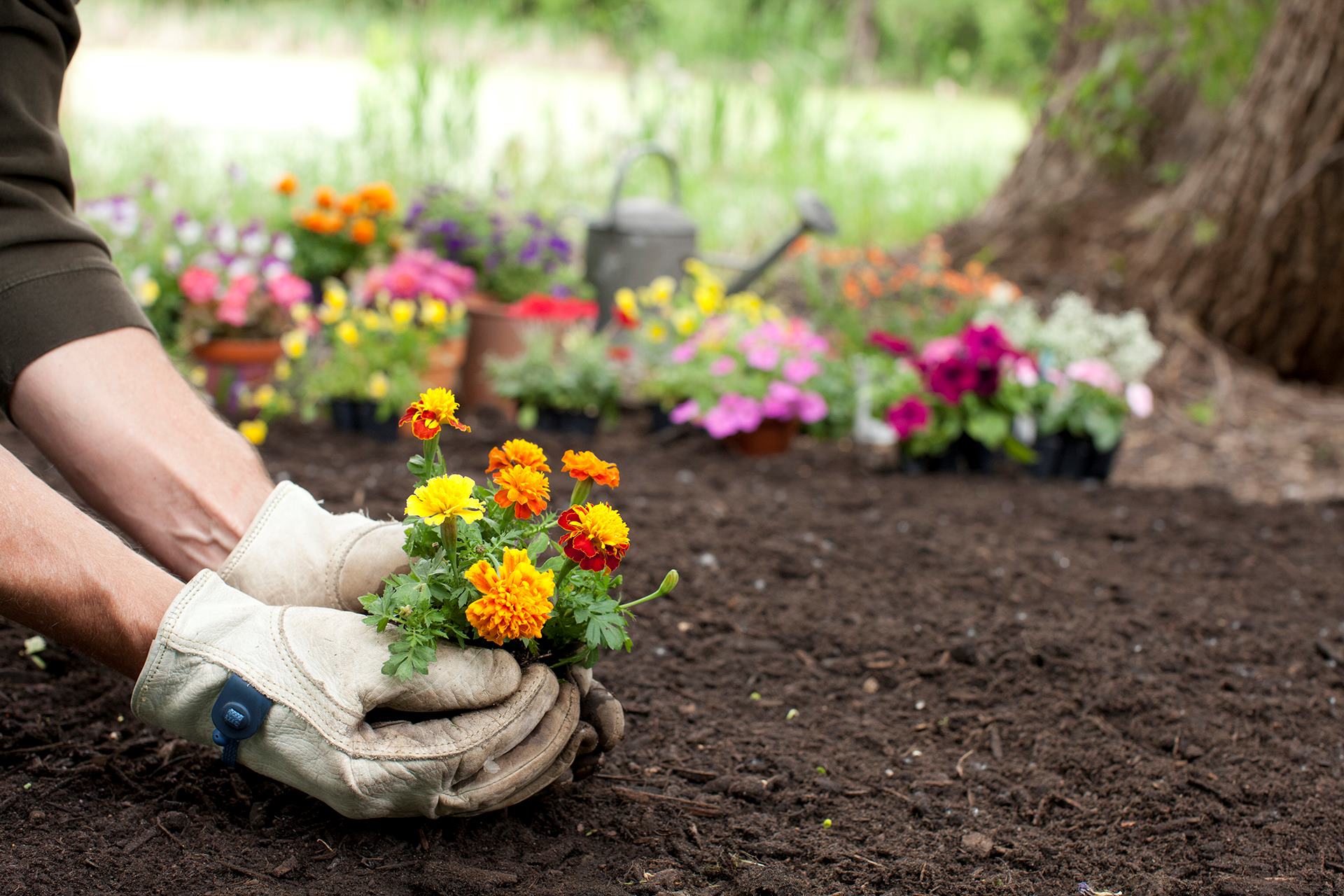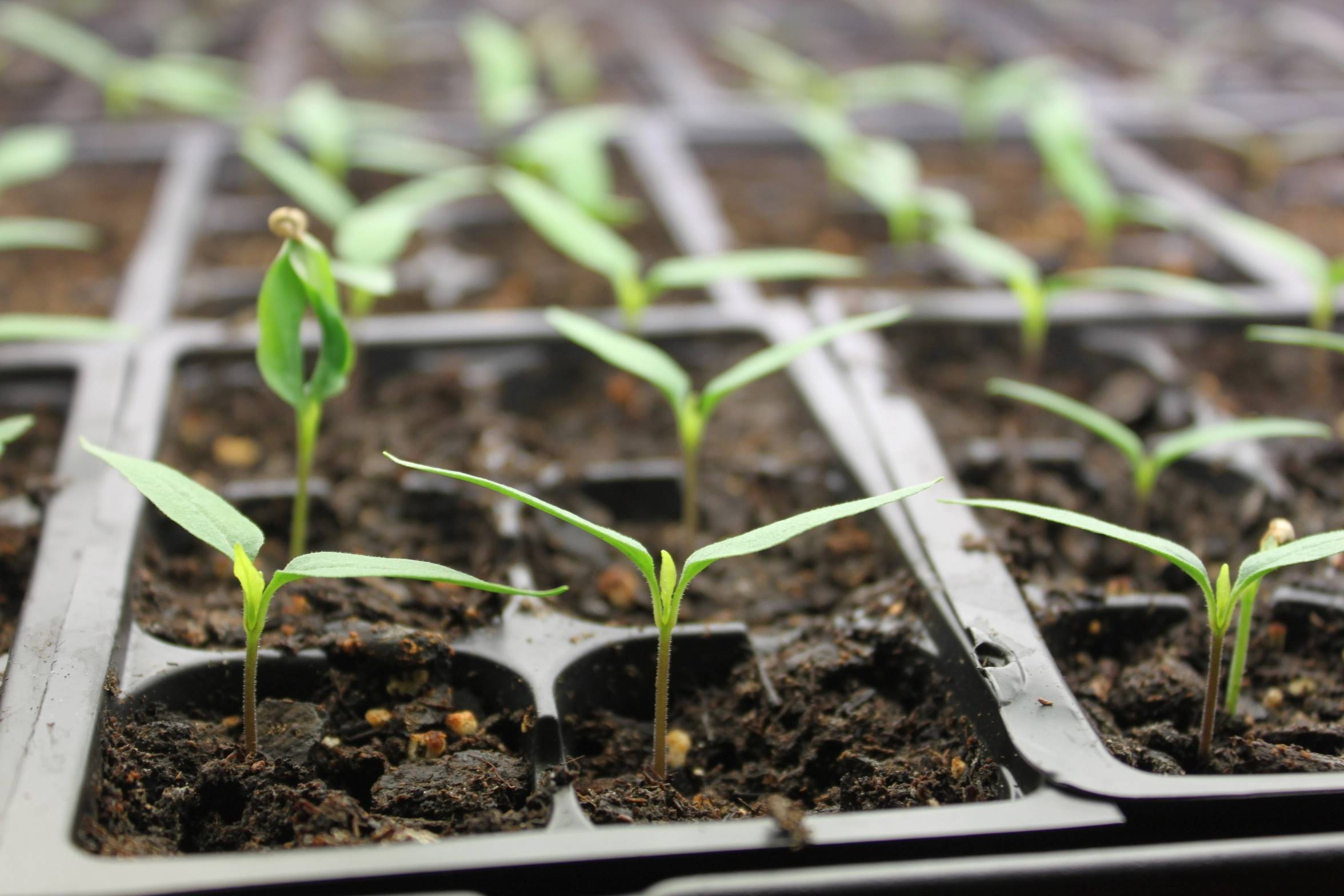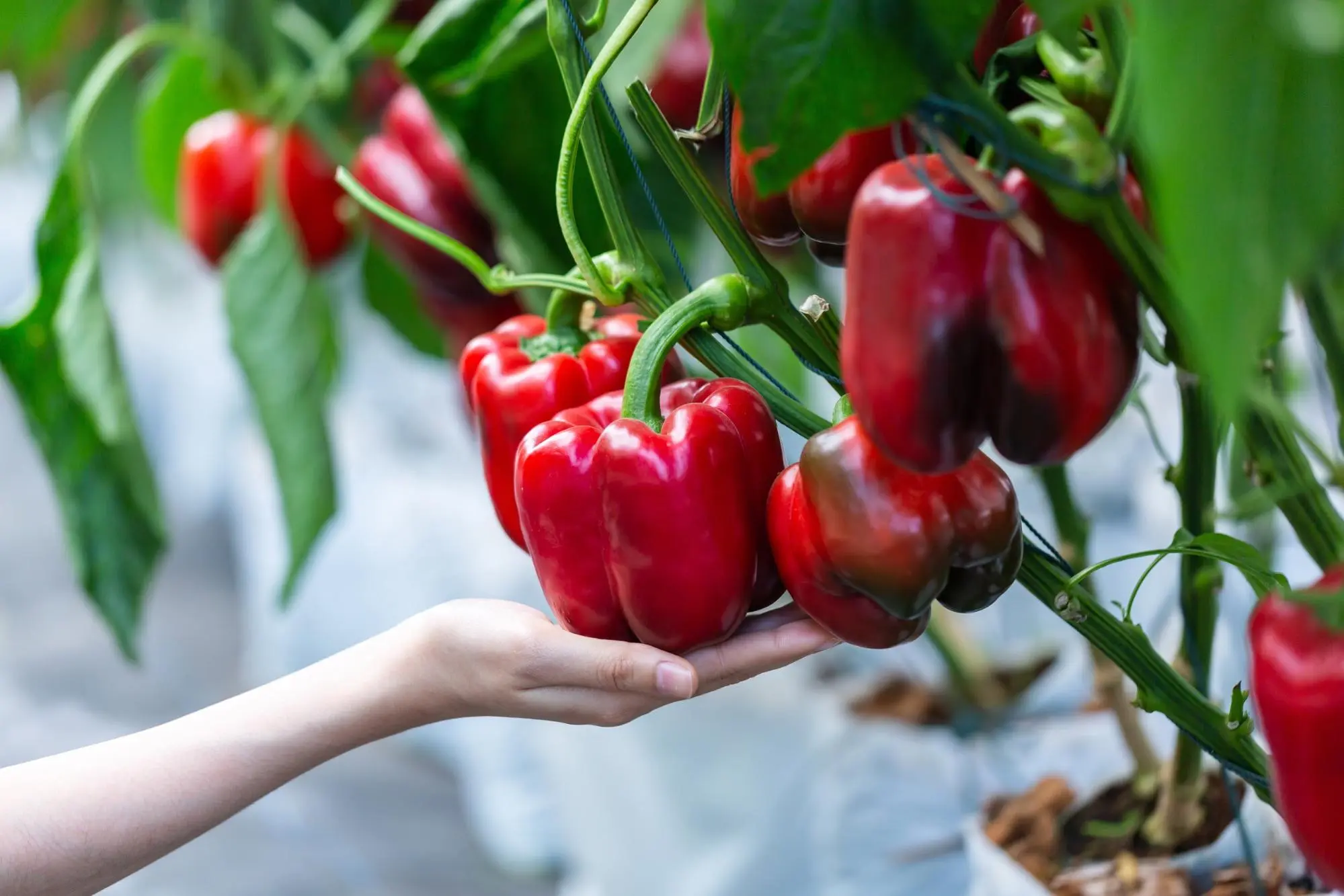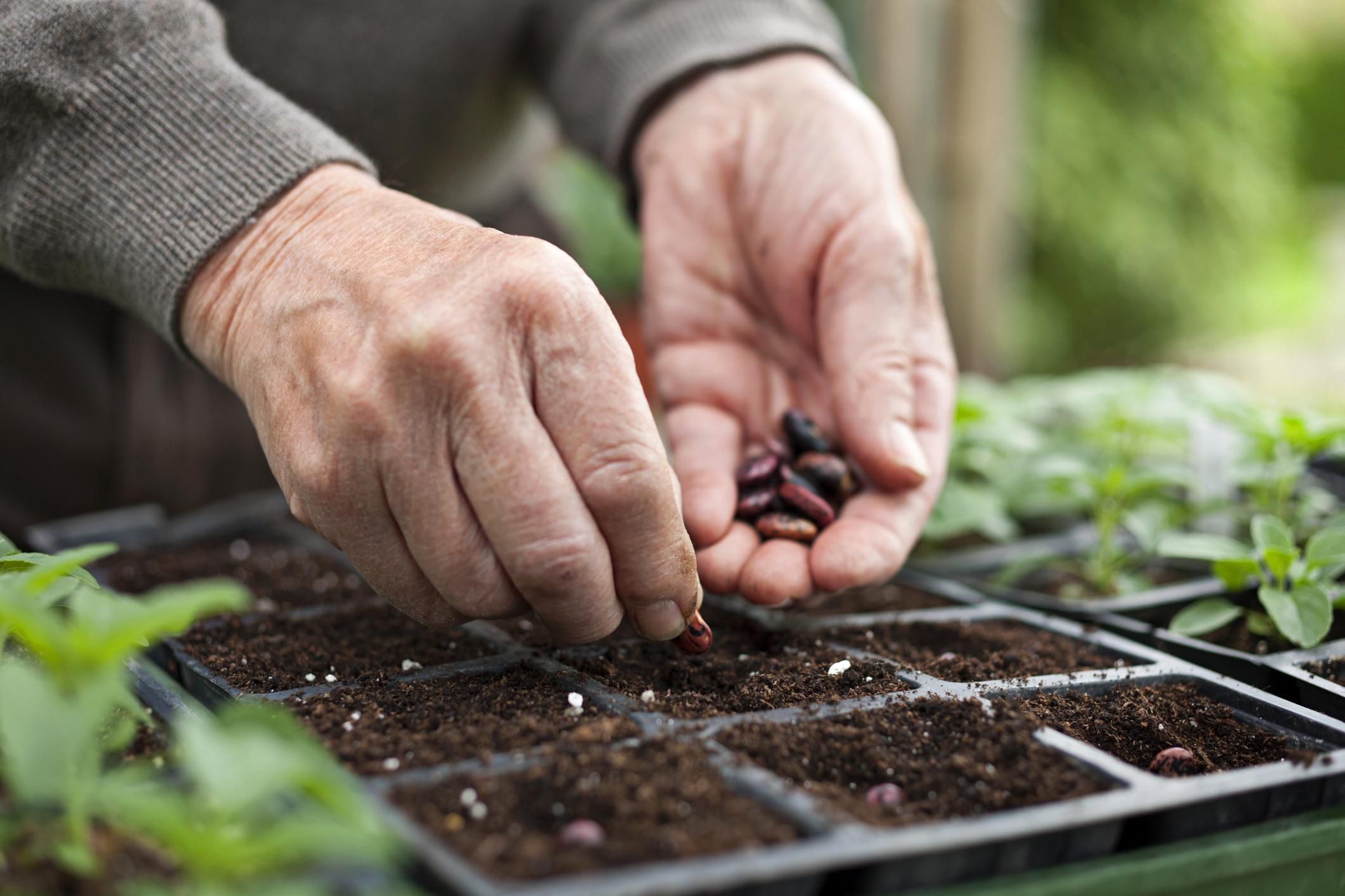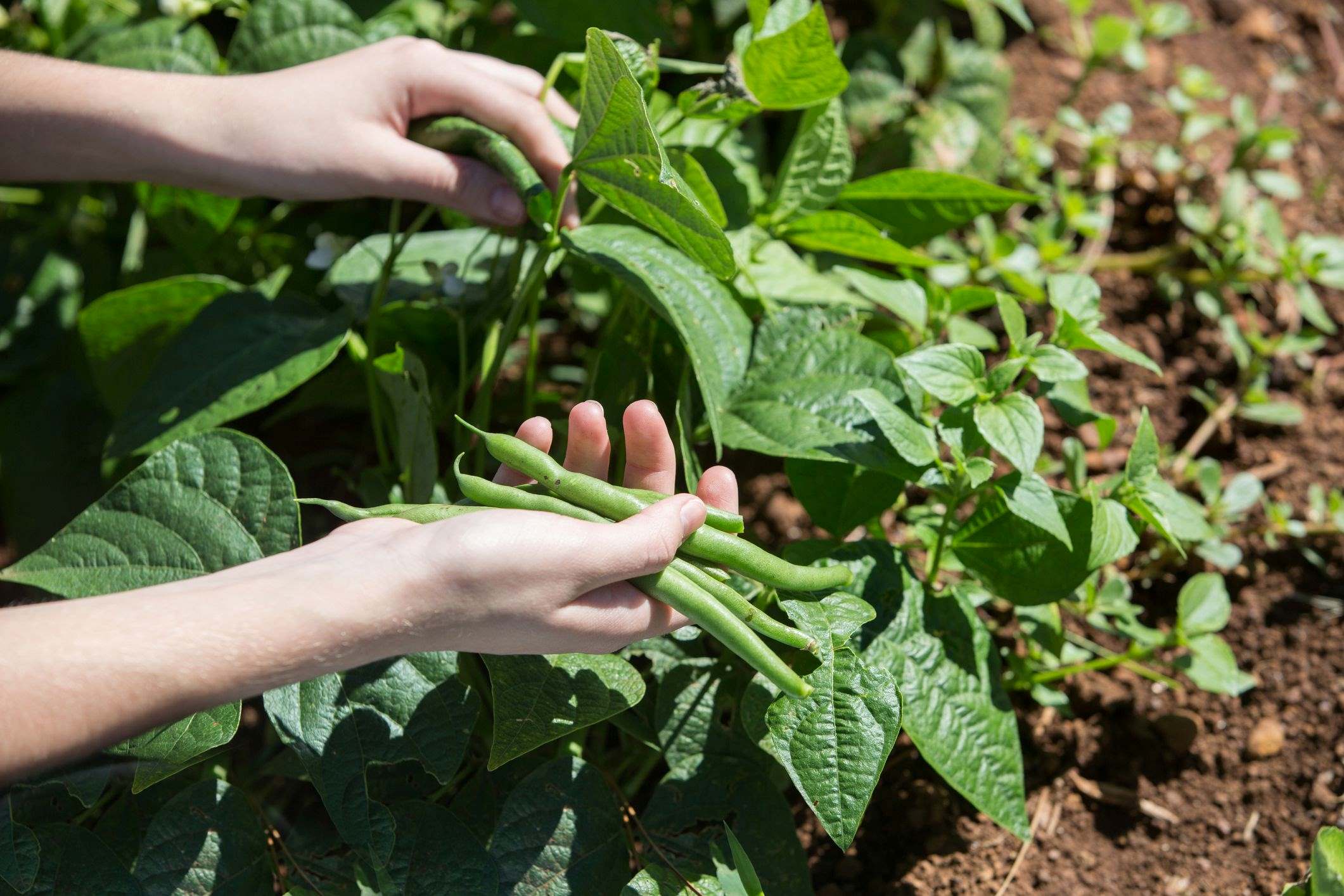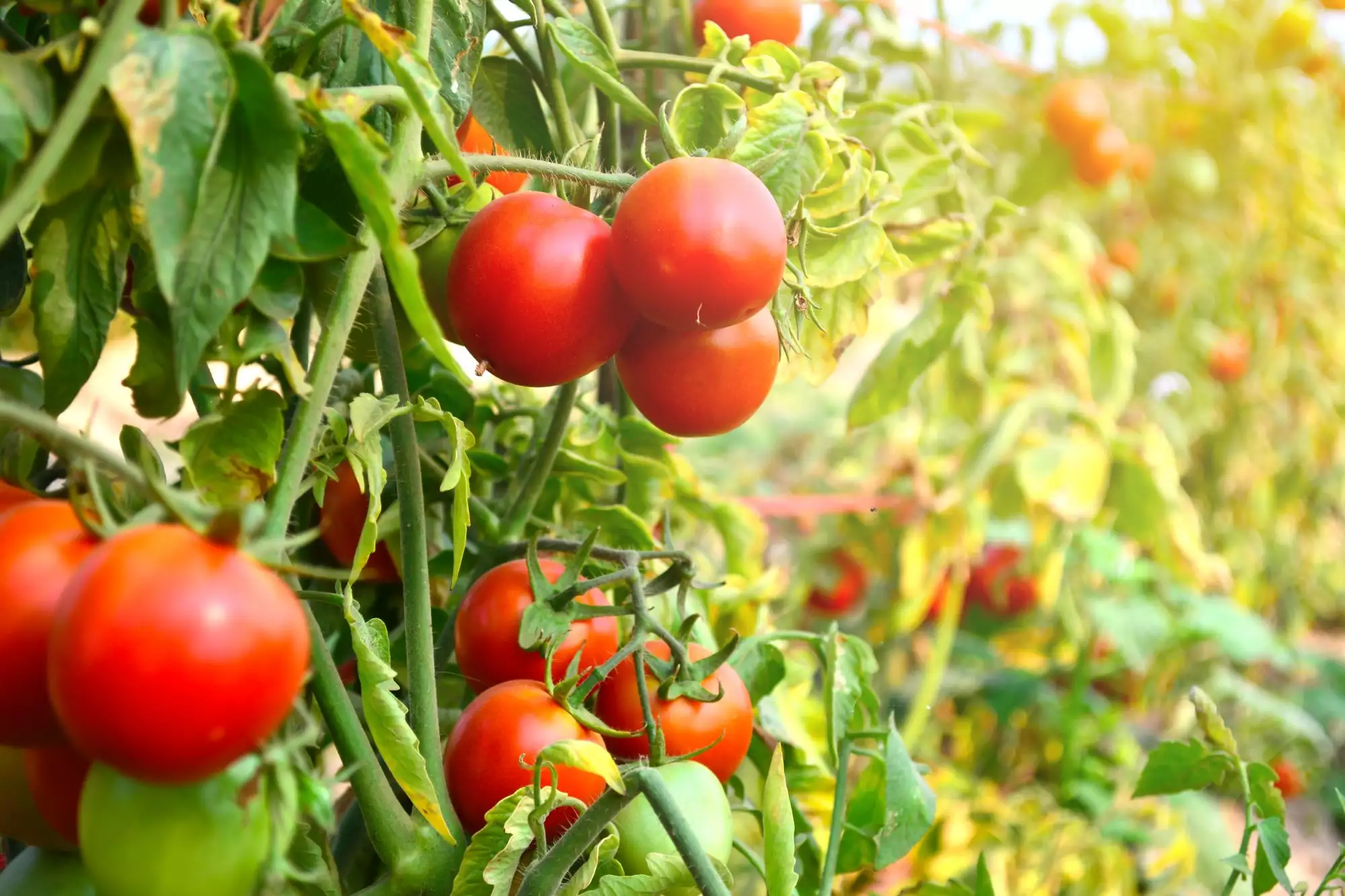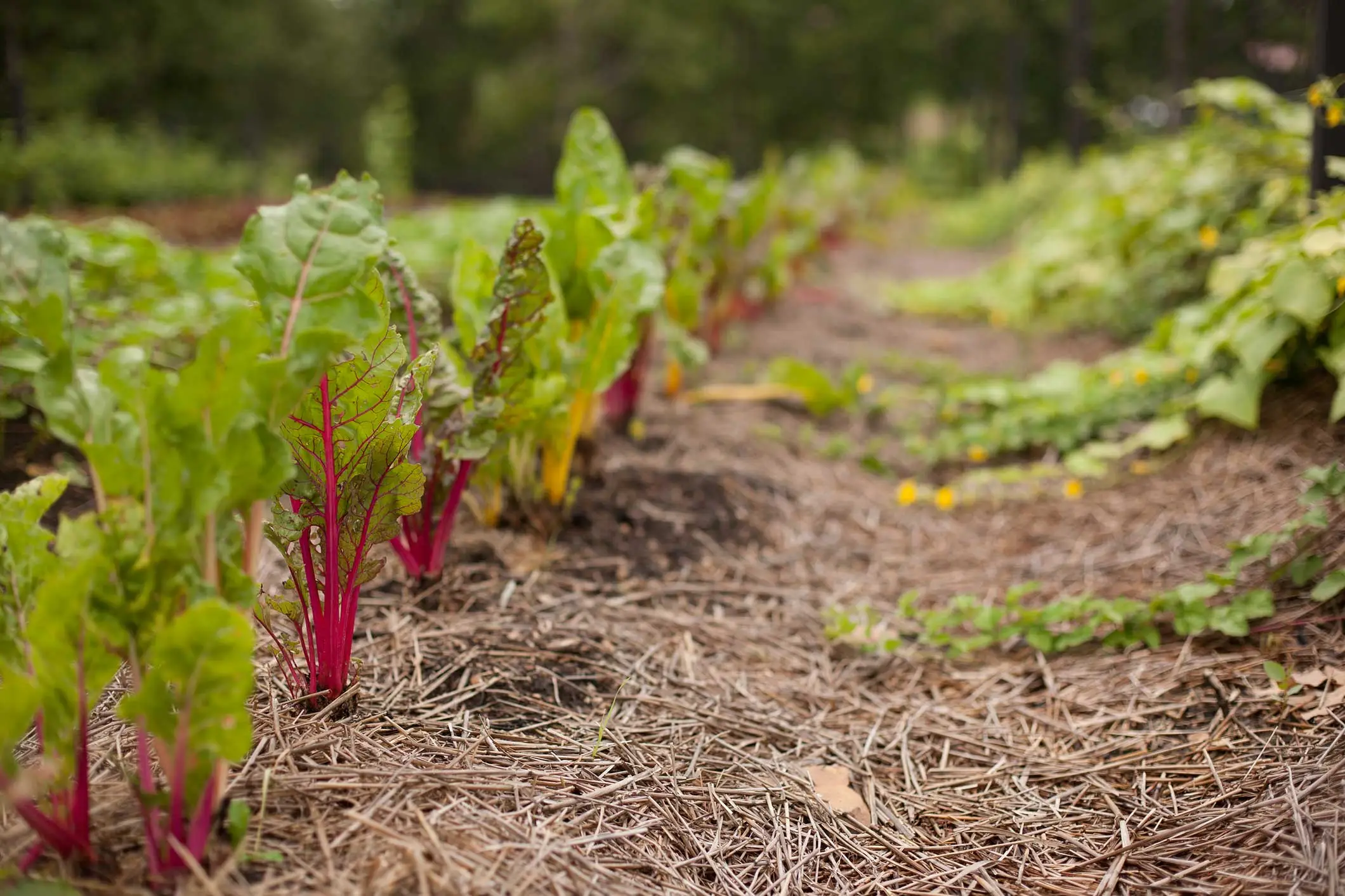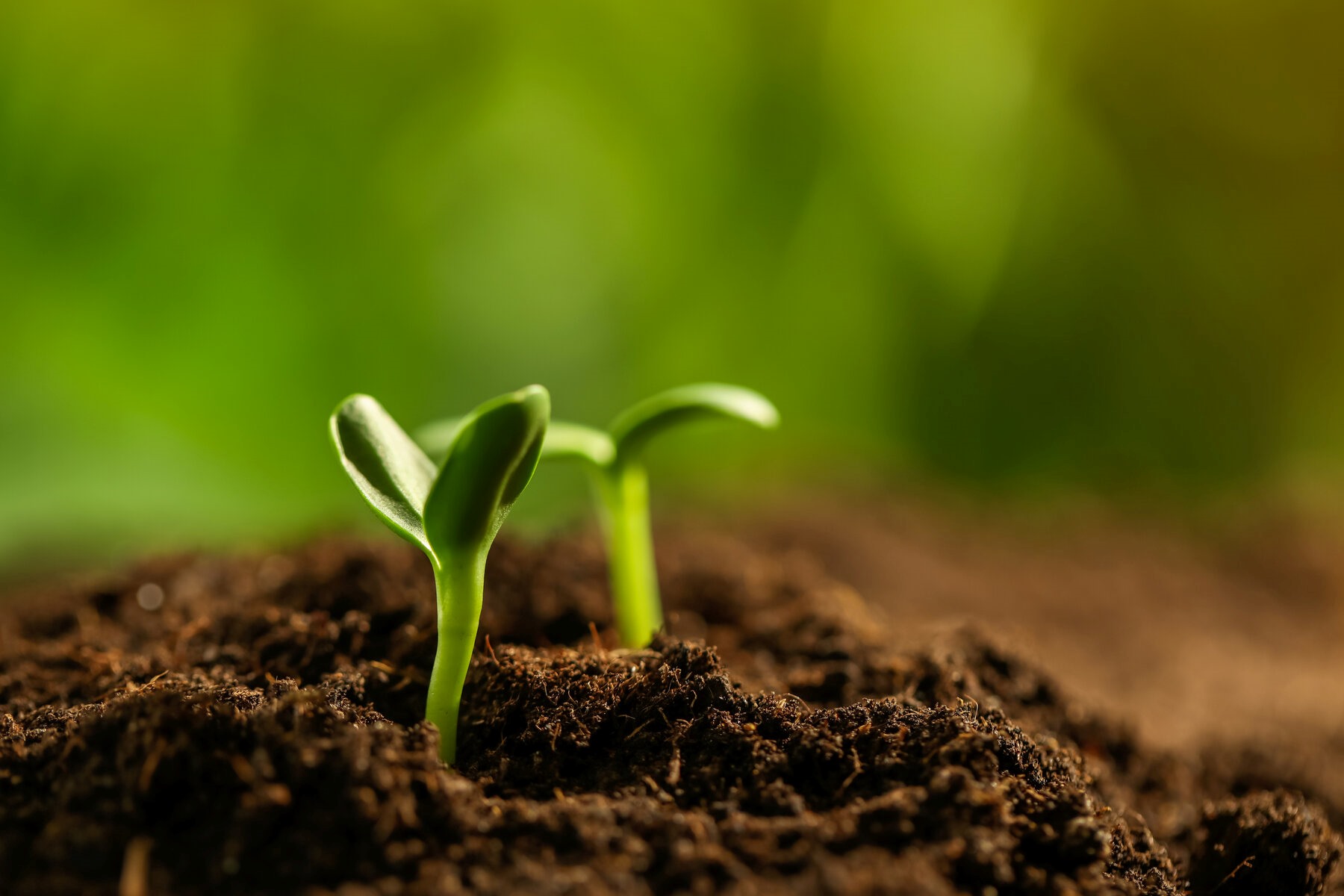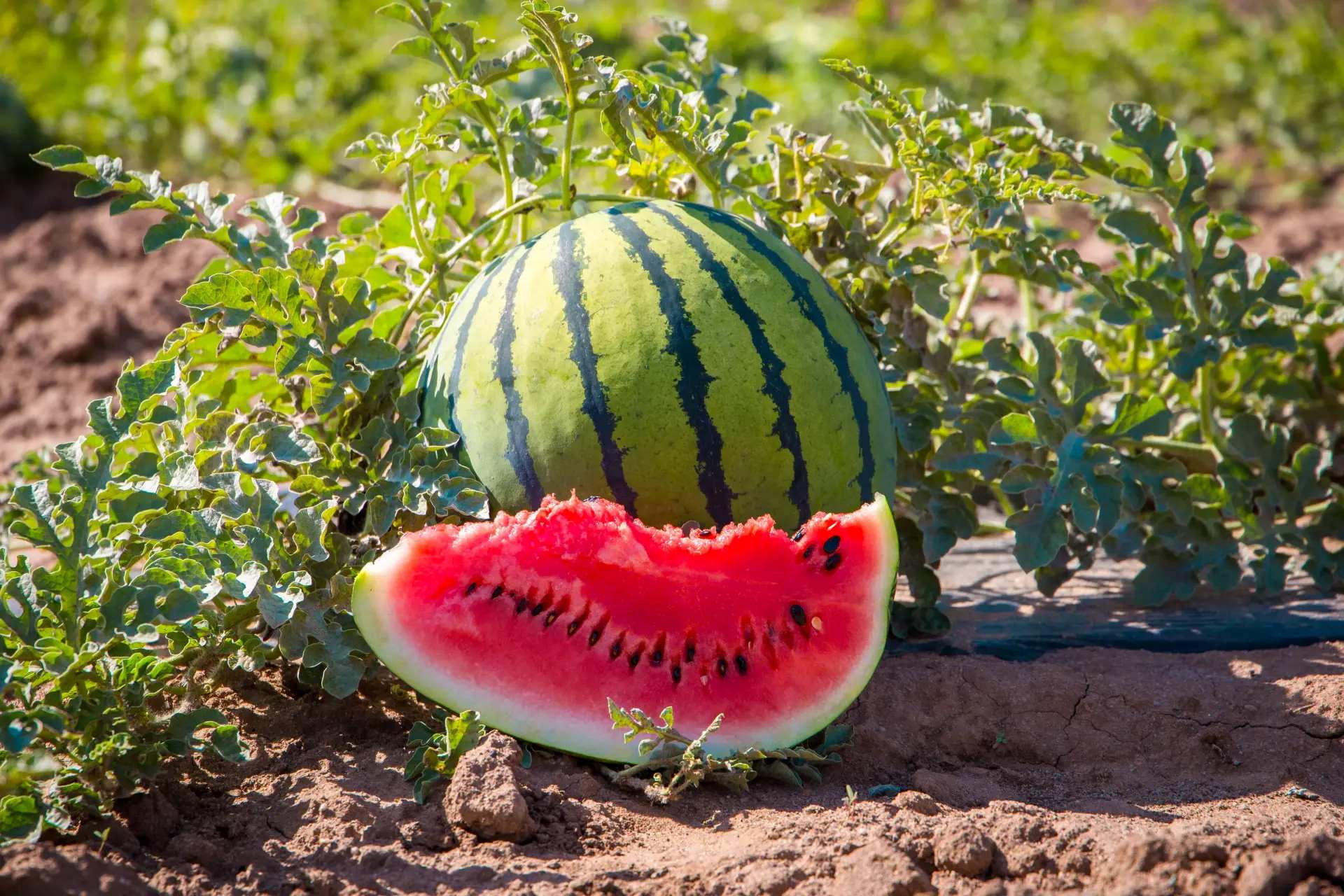Home>Gardening Techniques>Seasonal Gardening>When To Start Planting A Garden In Colorado
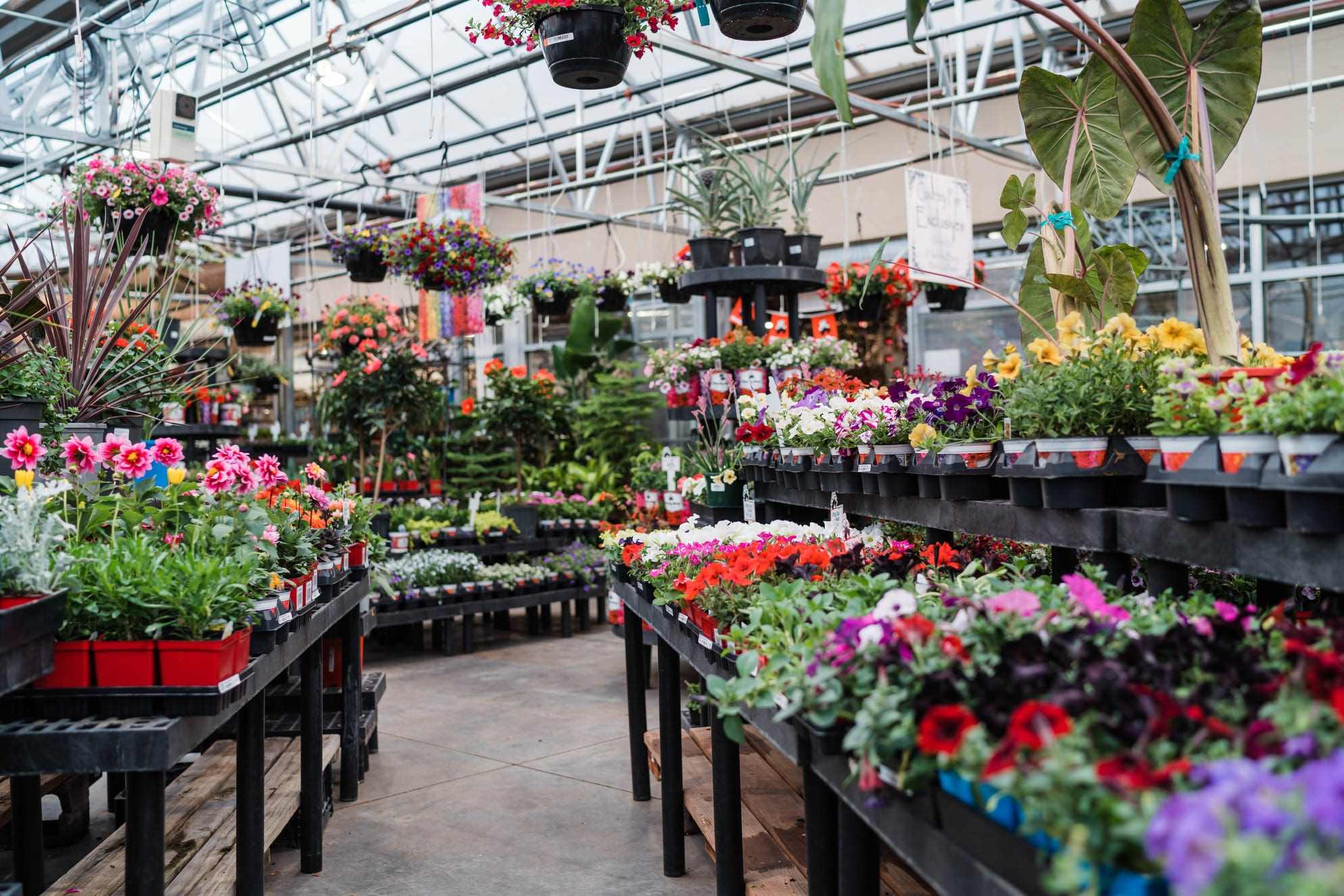

Seasonal Gardening
When To Start Planting A Garden In Colorado
Modified: February 10, 2024
Looking for the ideal time to start planting a garden in Colorado? Discover the best tips and guidelines for seasonal gardening in Colorado.
(Many of the links in this article redirect to a specific reviewed product. Your purchase of these products through affiliate links helps to generate commission for Chicagolandgardening.com, at no extra cost. Learn more)
Table of Contents
Introduction
Welcome to the wonderful world of gardening in Colorado! Whether you are a seasoned gardener or a novice enthusiast, cultivating a beautiful and thriving garden in the unique climate of Colorado can be a rewarding experience. With its breathtaking landscapes and diverse ecosystems, the state offers a wide range of opportunities for seasonal gardening.
Colorado is known for its dramatic weather changes, from scorching summers to freezing winters. As such, it’s essential to understand the state’s climate and plan your gardening activities accordingly. By considering factors like frost dates, plant selection, soil preparation, and seed starting techniques, you can optimize your gardening efforts and ensure a successful harvest.
In this article, we will delve into the intricacies of seasonal gardening in Colorado, providing you with valuable insights and tips for effectively planning your garden. Whether you are interested in growing vibrant flowers, bountiful vegetables, or aromatic herbs, understanding the nuances of Colorado’s climate will help you make informed decisions throughout the gardening process.
From determining the best time to start planting to protecting your garden from late spring frosts, we will explore various techniques and strategies to maximize your gardening success. By the end of this article, you will have a solid foundation of knowledge to embark on your gardening journey and create a thriving garden that thrives in Colorado’s unique conditions.
So, grab your gardening gloves and get ready to dig into the wonderful world of seasonal gardening in Colorado!
Understanding Colorado’s Climate
Colorado’s climate is known for its extreme variations, making it a challenging environment for gardening. The state experiences a high altitude, low humidity, and drastic temperature fluctuations throughout the year. Understanding these unique characteristics is crucial for successful gardening in Colorado.
Firstly, Colorado’s high altitude affects its climate. The higher you go, the cooler the temperatures become. This means that gardeners in mountainous regions will have shorter growing seasons and colder overall temperatures compared to gardeners in lower elevation areas of the state.
Secondly, Colorado’s low humidity can pose challenges to gardening. The dry climate can lead to water evaporation and moisture loss from the soil, affecting plant health. It’s essential to provide adequate irrigation and mulching to conserve water and promote plant hydration.
Additionally, Colorado experiences drastic temperature fluctuations throughout the year. Summers can be scorching with temperatures reaching well above 90°F (32°C), while winters can be bitterly cold with temperatures below freezing. Spring and fall also bring unpredictable weather, including sudden freezes and late frosts. These temperature swings require careful consideration when planning your gardening activities.
Overall, Colorado’s climate can be characterized as a combination of high altitude, low humidity, and temperature extremes. By understanding these factors, gardeners can adapt their gardening techniques and choose appropriate plants that can withstand the challenges posed by Colorado’s climate.
In the next sections, we will dive deeper into specific strategies for dealing with the unique aspects of gardening in Colorado, including frost dates, plant selection, soil preparation, seed starting techniques, and protecting your garden from late spring frosts.
So, let’s continue exploring the fascinating world of seasonal gardening in Colorado and learn how to make the most of the state’s unique climate and conditions!
Frost Dates in Colorado
Frost dates are a crucial consideration for gardeners in Colorado. A late frost can spell disaster for tender plants and delicate seedlings. Understanding the average frost dates in your specific region can help you plan your garden and avoid potential frost damage.
In general, Colorado experiences a wide variation in frost dates due to its diverse geography and elevation. The average last spring frost date typically ranges from late April to early June, while the first fall frost date can occur as early as late August and as late as early October. However, it’s important to note that these dates are averages, and frost can occur earlier or later than expected in any given year.
The key to dealing with frost in Colorado is to know your local microclimate and adjust your planting schedule accordingly. Higher elevation areas, such as the Rocky Mountains, will have shorter growing seasons and an increased risk of frost. If you live in these regions, it’s best to wait until after the last frost date to plant sensitive crops or start seeds outdoors.
For gardeners in lower altitude areas, it’s still essential to be cautious. Unpredictable weather patterns can bring late spring frosts that can damage or even kill young plants. To mitigate this risk, you can take several precautions:
- Start seeds indoors: By starting seeds indoors, you can give your plants a head start and reduce their exposure to potential late frosts.
- Use season extenders: Protective measures such as row covers, cloches, or cold frames can shield your plants from frost and extend your growing season.
- Choose frost-tolerant plants: Opt for plant varieties that are known for their ability to withstand colder temperatures and have a higher tolerance for frost.
- Stay informed: Keep track of weather forecasts and stay updated on any potential frost warnings in your area. This will allow you to take immediate action to protect your plants when needed.
By adjusting your gardening practices to accommodate frost dates, you can protect your plants and ensure a successful growing season in Colorado. Understanding your local frost patterns and taking the necessary precautions will go a long way in safeguarding your garden’s health and productivity.
Choosing the Right Plants for Colorado
When it comes to gardening in Colorado, selecting the right plants is crucial for success. With the state’s unique climate and challenging growing conditions, it’s important to choose plant varieties that are well-suited to Colorado’s environment.
One of the first factors to consider is cold hardiness. Given the possibility of late spring frosts and early fall freezes, it’s essential to choose plants that can withstand these temperature extremes. Look for plant varieties that have a high cold tolerance and can handle the fluctuations in Colorado’s weather.
Additionally, consider the plant’s heat tolerance. Colorado summers can be scorching, especially in lower altitude areas. Look for plants that can thrive in hot conditions and are drought resistant to cope with the low humidity of the region.
Native plants are also a great choice for Colorado gardens. Native plants are naturally adapted to the local environment and have a better chance of thriving in Colorado’s climate. They are often more resistant to pests, diseases, and harsh weather conditions, making them a low-maintenance option for your garden.
Another consideration when selecting plants is their water requirements. Colorado’s dry climate means that water conservation is important. Choose plants that are drought-tolerant and can survive with minimal irrigation. This will not only save water but also reduce the overall maintenance of your garden.
For vegetable gardens, it’s crucial to choose varieties with shorter maturity times. Since Colorado has a relatively short growing season, selecting early maturing varieties will give you a better chance of harvesting a bountiful crop before the first fall frost arrives.
Lastly, don’t forget to consider your specific microclimate. Factors such as elevation, exposure to wind, and proximity to mountains can all influence your garden’s unique growing conditions. Take note of your garden’s specific characteristics and choose plants that will thrive in that specific microclimate.
By carefully choosing plants that are well-suited to Colorado’s climate, you can set yourself up for gardening success. Whether you opt for cold-hardy perennials, native wildflowers, or heat-tolerant vegetables, selecting the right plants is a crucial step in creating a thriving garden in Colorado’s diverse landscape.
Preparing the Soil for Planting
One of the essential steps in setting up a successful garden in Colorado is preparing the soil. Proper soil preparation not only provides a fertile environment for plants to grow but also helps improve drainage, nutrient availability, and overall plant health. Here are some key considerations when preparing the soil for planting in Colorado.
Start by assessing the soil’s composition. Colorado soils can vary widely, from heavy clay to sandy loam. Understanding your soil’s texture and structure will help you determine how to amend it effectively. Heavy clay soils tend to hold water, so adding organic matter like compost, well-rotted manure, or peat moss can improve drainage. Sandy soils, on the other hand, can be fast-draining, so incorporating organic matter will help retain moisture and add nutrients.
Next, test your soil’s pH level. Colorado soils generally tend to be alkaline or slightly acidic. Most vegetables and flowers prefer a slightly acidic to neutral pH range. If your soil is too acidic, you can raise the pH by adding lime. If it is too alkaline, sulfur or organic matter can help lower the pH. A soil test kit or sending a sample to a local extension office can provide you with accurate pH readings and guidance on adjusting it.
Proper soil fertility is crucial for healthy plant growth. In addition to adding organic matter, it’s important to incorporate balanced fertilizers to provide essential nutrients. A soil test can help determine any nutrient deficiencies, allowing you to amend the soil accordingly. Organic fertilizers or slow-release granular fertilizers are preferred in Colorado, as they provide long-term nutrient availability without the risk of burning plants due to excessive chemical usage.
Incorporating beneficial microbes into the soil is also beneficial. Adding compost or well-rotted manure will introduce beneficial bacteria and fungi, enhancing the soil’s fertility and overall health. These microbes help break down organic matter, improve nutrient availability, and promote root development.
Lastly, proper soil drainage is crucial in Colorado’s diverse climate. Amending the soil to improve drainage is important to prevent waterlogged conditions that can lead to root rot and other issues. Raised beds or mounded soil can help improve drainage, especially in areas with heavy clay soils.
By investing time and effort into preparing the soil before planting, you provide a solid foundation for your garden’s success. Well-prepared soil with good drainage, improved fertility, and the right pH level will support healthy plant growth and help you achieve a productive and thriving garden in Colorado.
Starting Seeds Indoors
Starting seeds indoors is a great way to get a head start on your garden and take advantage of Colorado’s relatively short growing season. By starting seeds early indoors, you can extend your growing season, nurture young plants in a controlled environment, and ensure a successful transition to the outdoor garden. Here are some key steps to consider when starting seeds indoors in Colorado.
Firstly, timing is crucial. Start by determining the average last frost date for your area. Count back from that date to determine when to start your seeds indoors. Most vegetable and flower seeds require 6-8 weeks of indoor growth before they can be safely transplanted outdoors. However, some crops, like tomatoes and peppers, may need to be started as early as 8-10 weeks before the last frost date to give them enough time to mature.
Next, gather the necessary supplies. You’ll need containers, such as seed trays or individual pots, that have good drainage and are at least 2-3 inches deep. Use a seed-starting mix or a well-draining soilless medium to fill the containers. This helps prevent the soil from becoming compacted and allows for better root development. Label each container to keep track of the different seeds you’re starting.
Sow your seeds according to the package instructions. Some seeds may need to be soaked or scarified before planting to promote germination. Lightly cover the seeds with a thin layer of soil or vermiculite, and gently water the containers from the bottom to avoid disturbing the seeds. Place a clear plastic cover or a plastic bag over the containers to create a greenhouse-like environment that retains moisture.
Provide consistent warmth and light for your seeds. Most seeds require a warm environment to germinate, usually around 70-75°F (21-24°C). You can place the containers on a heating mat or near a heat source to maintain the optimum temperature. Once the seeds have germinated, remove the plastic cover and place the containers in a well-lit area or under grow lights. Aim for 12-16 hours of light per day to ensure healthy seedling growth.
Monitor moisture levels and water as needed. Check the soil moisture regularly and only water when the top inch of the soil feels dry. Overwatering can lead to damping-off disease and root rot, so it’s important to strike a balance. Use a misting bottle or a gentle watering can to avoid displacing the seeds or damaging the delicate seedlings.
As the seedlings grow, provide occasional gentle air movement around them to promote strong stems and reduce the risk of fungal diseases. You can use a small fan on a low setting or gently brush your hand over the seedlings a few times a day.
Once the danger of frost has passed and the seedlings have developed a few sets of true leaves, they can be gradually acclimated to the outdoor conditions. This process, known as hardening off, involves gradually exposing the seedlings to outdoor temperatures and sunlight over a period of 7-10 days before transplanting them into the garden.
Starting seeds indoors can be a rewarding and productive way to kick-start your gardening season in Colorado. By following these steps and providing optimal conditions for your seeds, you can nurture strong and healthy seedlings that will thrive in your garden and provide a bountiful harvest.
Direct Seeding in Colorado Gardens
Direct seeding is another method of starting plants in your garden, bypassing the need for indoor seed starting. This approach involves sowing seeds directly into the soil in your Colorado garden, allowing them to germinate and grow outdoors. While it may require more patience and careful timing, direct seeding can be a successful and efficient way to establish plants in your garden. Here are some key considerations for direct seeding in Colorado gardens.
Firstly, timing is crucial when direct seeding. Colorado’s unpredictable weather and temperature fluctuations make it essential to choose the right time to sow seeds outdoors. Consult local resources or extension services to determine the optimal planting time for specific crops in your area. Consider the average last frost date and the specific requirements of each plant variety.
Prepare the soil before direct seeding. Clear the area of weeds and debris to create a clean planting bed. Loosen the soil to a depth of at least 6 inches, removing any rocks or roots that may hinder seed germination. Incorporate organic matter, such as compost or aged manure, to improve soil fertility and structure. Smooth the soil surface with a rake, creating a smooth and even seedbed.
Read seed packet instructions carefully. Different seeds have varying planting depths and spacing requirements. Plant seeds at the recommended depth, usually indicated on the seed packet. Some seeds may need to be soaked or scarified before direct seeding to enhance germination. Sow the seeds at the appropriate spacing, ensuring they have enough room to grow and develop.
Water the planting area gently after direct seeding. Use a fine mist or a gentle spray to avoid disturbing the soil and displacing the seeds. Keep the soil consistently moist but avoid overwatering, as it can lead to waterlogging and reduce germination rates. Regularly check the moisture levels and adjust watering accordingly based on weather conditions and soil moisture.
Protect your seedlings once they emerge. Colorado’s weather can be unpredictable, and late spring frosts can still pose a risk to young seedlings. Consider using row covers, cloches, or other protective measures to shield the emerging plants from frost and cold temperatures. Monitor the weather closely and be prepared to cover or provide temporary protection to ensure the survival of your seedlings.
Regularly monitor and maintain your direct-seeded plants. Thin out overcrowded seedlings to ensure proper spacing and prevent competition for resources. Regularly weed the area surrounding the plants to minimize competition and provide optimal growing conditions. Provide appropriate irrigation based on the specific water needs of each plant variety.
Direct seeding in Colorado gardens can be a rewarding and efficient method of establishing plants right in their final growing location. By carefully timing your planting, preparing the soil, and providing optimal growing conditions, you can enjoy a successful harvest of homegrown vegetables, vibrant flowers, and aromatic herbs.
Protecting Your Garden from Late Spring Frosts
Late spring frosts can pose a significant threat to your garden in Colorado. Just when you think the danger of frost has passed, a sudden drop in temperature can damage or even kill your tender plants and delicate seedlings. However, with proper planning and proactive measures, you can protect your garden from late spring frosts and ensure the success of your plants. Here are some effective strategies to safeguard your garden.
Stay informed about weather forecasts and frost warnings in your area. Keep an eye on local weather reports or use apps that provide frost alerts. By staying informed, you can be prepared to take action when necessary and protect your plants from potential frost damage.
Watch for signs of an impending frost. Temperature drops and clear, calm nights are often indicators of a potential frost. If the forecast predicts temperatures near or below freezing, it’s wise to take precautions even if it’s technically beyond your average frost date.
Cover your plants with protective materials. When a frost is predicted, cover your vulnerable plants with lightweight fabric, such as floating row covers or frost blankets. These materials provide a barrier that helps trap heat from the soil and protect the plants from direct exposure to cold air. Be sure to secure the covers tightly to prevent them from blowing away in strong winds.
Bring potted plants indoors. If you have potted plants that are susceptible to frost damage, bring them indoors overnight or during particularly cold periods. Find a suitable spot with enough sunlight and proper temperature conditions for your plants to thrive until the danger of frost has passed.
Add a layer of mulch. Apply a layer of organic mulch, such as straw, wood chips, or leaves, around your plants. Mulch helps regulate soil temperature, conserves moisture, and provides insulation for the plant roots, protecting them from extreme temperature fluctuations.
Water your plants. Moist soil retains more heat than dry soil, so watering your garden before a frost can help provide some additional protection. However, be careful not to overwater, as excessively wet soil can lead to other issues.
Consider using heat sources. For smaller gardens or individual plants, you can use various heat sources like incandescent string lights, candles, or even small heaters. Place them strategically around your plants to provide localized warmth during frosty nights. Ensure proper safety precautions and avoid any fire hazards.
Remove coverings during the day. Once the frost danger has passed, remove the protective coverings or mulch during the day to allow the plants to benefit from sunlight and proper air circulation. This will prevent overheating and disease development in the long run.
By taking proactive steps to protect your garden from late spring frosts, you can minimize the risk of damage and help your plants thrive in Colorado’s challenging climate. Stay vigilant, be prepared, and take necessary actions to safeguard your garden and ensure a successful growing season.
Extending the Growing Season in Colorado
Extending the growing season in Colorado can significantly increase the time you have to cultivate and enjoy your garden. Given the state’s relatively short growing season and unpredictable weather, utilizing techniques to extend the growing season is essential for maximizing productivity and enjoying fresh produce for a more extended period. Here are some effective strategies to extend the growing season in Colorado:
Utilize season extenders such as cold frames, row covers, or cloches. These structures create a microclimate that protects plants from cold temperatures and harsh weather conditions. Cold frames, in particular, can capture and retain heat, creating a greenhouse-like environment that allows you to grow cold-tolerant crops well into the colder months.
Choose cold-hardy plants. Selecting plant varieties that are known for their cold tolerance allows you to extend your growing season. Look for vegetables like kale, spinach, Swiss chard, and certain types of lettuce that can withstand colder temperatures. Additionally, consider planting cold-tolerant flowers like pansies or ornamental cabbage and kale to add color to your garden during the cooler months.
Practice succession planting. Instead of planting all of your seeds or transplants at once, stagger your plantings throughout the growing season. By planting a new batch of seeds or transplants every few weeks, you can ensure a continuous harvest as later crops catch up to earlier ones. This technique optimizes your garden’s productivity and prolongs the harvest season.
Utilize mulch to regulate soil temperature. Apply a thick layer of organic mulch around your plants to insulate the soil and protect roots from temperature fluctuations. Mulch helps maintain a more stable soil temperature and prevents rapid cooling during cooler weather.
Employ a high tunnel or hoop house. High tunnels or hoop houses are structures covered in plastic or greenhouse-grade material that provide an enclosed space for growing plants. These structures enhance temperature control and offer protection against cold temperatures, wind, and precipitation. High tunnels can extend the growing season by several weeks, enabling you to grow heat-loving crops like tomatoes or peppers for a more extended period.
Grow plants indoors. Consider setting up a small indoor garden or using grow lights to continue growing plants throughout the year. Herbs, microgreens, and certain vegetables like cherry tomatoes or dwarf varieties can successfully be grown indoors with proper lighting and care.
Utilize hydroponics or container gardening. Hydroponic systems allow you to grow plants without soil by providing essential nutrients directly to the plant’s roots. Container gardening provides flexibility, allowing you to move plants indoors during cold periods or protect them with covers or cloches. Both methods can extend the growing season and provide fresh produce year-round.
By employing these strategies and techniques, you can extend the growing season in your Colorado garden and enjoy a more bountiful harvest. Experiment with different methods and find what works best for your specific garden and desired crops. With a bit of planning and creativity, you can savor the joys of gardening for an extended period in Colorado’s challenging climate.
Conclusion
Gardening in Colorado presents unique challenges and opportunities. Understanding the state’s climate, frost dates, and soil conditions is key to successful seasonal gardening. By adapting your gardening practices and utilizing strategies tailored to Colorado’s climate, you can create a thriving garden that withstands the challenges posed by the state’s weather patterns.
From the importance of preparing the soil and choosing the right plants to starting seeds indoors and protecting your garden from late spring frosts, each step in the gardening process requires careful consideration and planning. By leveraging season extenders, succession planting, and other techniques, you can extend the growing season, allowing for a more abundant harvest and a longer period to enjoy your garden.
Remember to stay informed, monitor weather forecasts, and be prepared for sudden changes in temperature. Adapting to the unique climate of Colorado requires flexibility, patience, and a willingness to experiment. Embrace the challenges as learning opportunities and celebrate the rewards of a thriving garden in the face of Colorado’s climate.
So, whether you’re growing vibrant flowers, delectable vegetables, or fragrant herbs, the secrets to successful seasonal gardening in Colorado lie in understanding and embracing the state’s unique conditions. With proper planning, preparation, and a touch of creativity, your garden can thrive, providing beauty, sustenance, and a sense of fulfillment as you embark on your gardening journey in the remarkable landscapes of Colorado.
